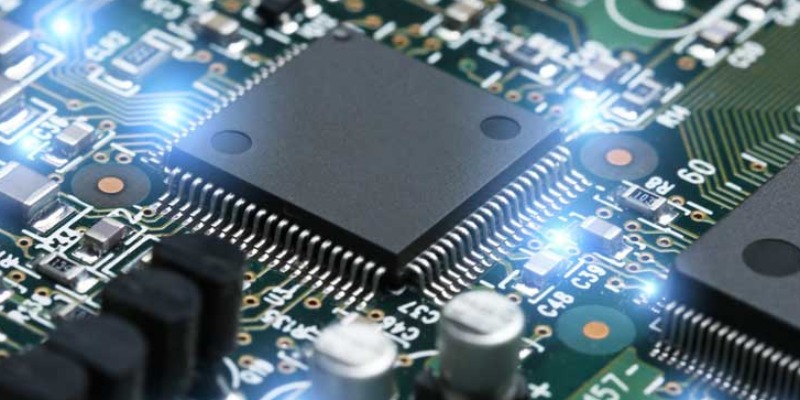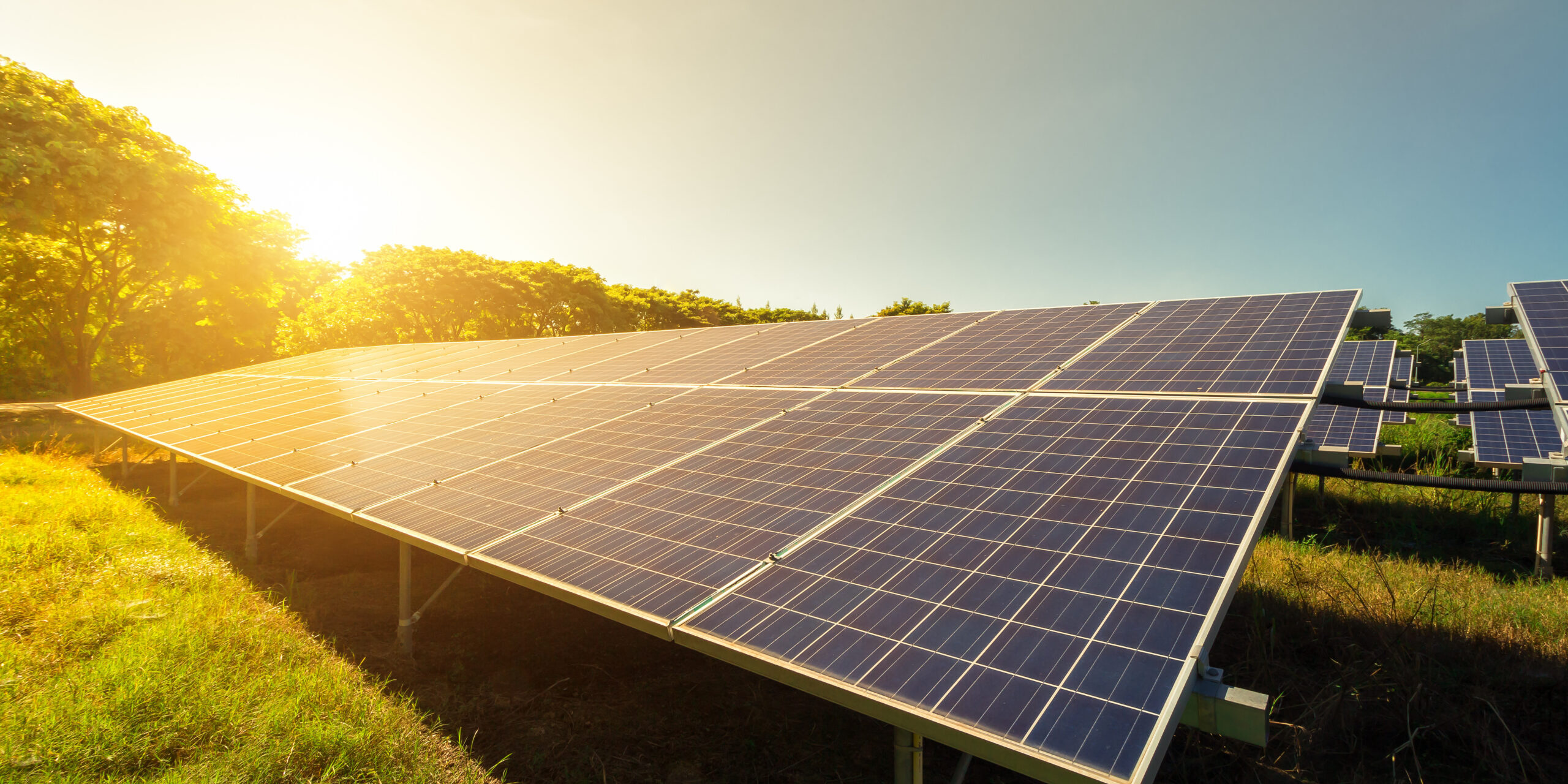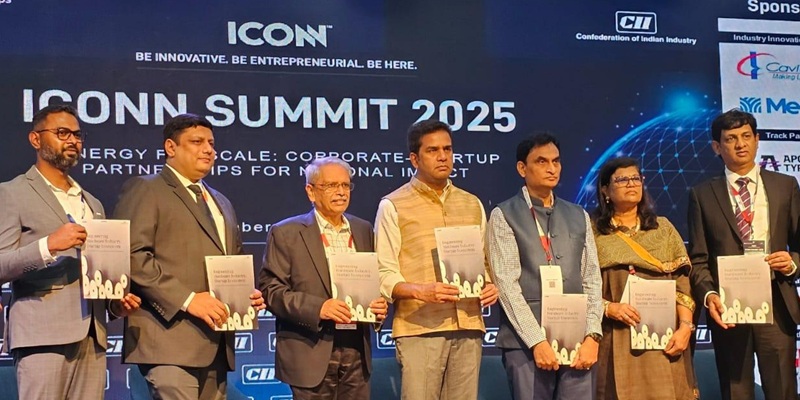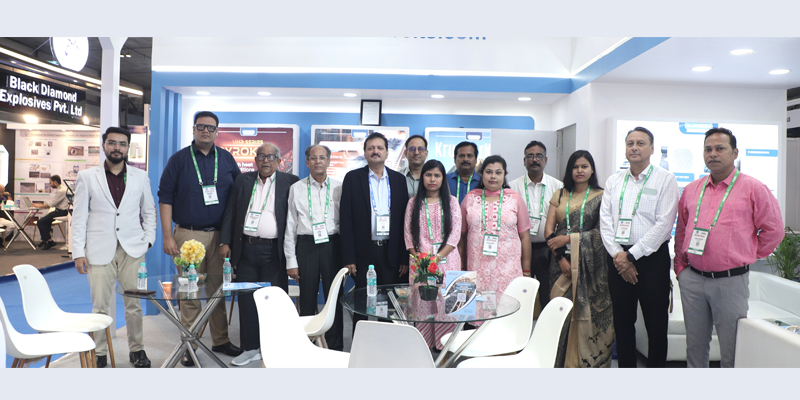Schedule a Call Back
PLI schemes to empower electronic sector
 Industry News
Industry News- Feb 01,22

Demand for electronics in India has increased manifold in the last decade driven mainly by smart mobiles. The value of India’s domestic electronics has grown from $ 27.20 billion (Rs 190,366 crore) in 2014-15 to $ 76.0 billion (Rs 533,670 crore) in 2020-21. However, this rising demand was meet through products having very high value of import content as India's electronics manufacturing ecosystem is still in a nascent stage.
"Semiconductors are at the core of modern-day electronics right from consumer products like smart phones, smart TVs, air conditioners, to sophisticated equipment used in industrial applications, defense and aerospace. Currently, India imports semiconductor needs and, therefore, it is a strategical imperative for India to focus on semiconductor manufacturing," said Dr Sreeram Srinivasan, CEO, Syrma SGS Technology.
"In case of automotive electronics imports, it accounted for US$2.14 billion (Rs 15,000 crores) in FY2019-20 which was 11% of total automobile imports. The key reasons for such high level of imports are lack of local supply chain, technical/design capability for semiconductors & Display Fabrication Units (FABs) manufacturing, and absence of globally competitive scale," said Vikram Kirloskar, Past President, CII; Chairman, CII Manufacturing Council and Vice Chairman, Toyota Kirloskar Motor Ltd, in a CII Blog recently.
India’s overall electronics market is expected to grow to reach $ 400 billion by 2025. Kirloskar warned, "If India does not take steps to localise electronics now, it will not only be left behind but also have huge impact on country’s trade deficit. Having one of the largest demands for electronic parts, India is an attractive investment destination for their large-scale manufacturing. This can also provide India an opportunity to leverage its global leadership in software side. However, to realise this, India needs to address a few challenges like cost disadvantages arising out of high land, logistics, capital transaction costs, etc."
Taking a note of these challenges, in December 2021, the Union Government of India approved production-linked incentive (PLI) scheme for semiconductor and display ecosystem with an outlay Rs 76,000 crore (approximately $ 10 billion) to setup over 20 semiconductor design, components manufacturing and display fabrication (FAB) units. "This step is highly synergic to earlier PLIs announced in the areas of electronics, autos and ACC (Advanced Chemistry Cell) having potential to enhance India’s deep localisation capability, thereby improving the cost dynamics of Indian manufactured products, making end products competitive and safeguard India from global supply chain disruptions," said Vikram Kirloskar.
PLI schemes
Semiconductors and displays are the foundation of modern electronics driving the next phase of digital transformation under Industry 4.0. Semiconductors and display manufacturing is very complex and technology-intensive sector involving huge capital investments, high risk, long gestation and payback periods, and rapid changes in technology, which require significant and sustained investments. The new PLI scheme will give an impetus to semiconductor and display manufacturing by facilitating capital support and technological collaborations.
"Our government is acting on it appropriately to not miss the momentum of PLI schemes with a timely announcement of Rs 76,000 crore for semiconductor manufacturing. This will be a big break from the past towards the development of sustainable semiconductor and display ecosystem in the country," said Dr Sreeram Srinivasan.
Vipul Ray, President, Indian Electrical & Electronics Manufacturer’s Association (IEEMA), added, “This is a huge positive step for the Indian electrical & electronics industry. I believe this will accelerate our indigenisation efforts and enable global competitiveness of our industry to ramp-up exports of finished products. This is one of the most significant moves towards realising the vision of Aatmnirbhar Bharat; one which has come at an opportune time to tackle the global shortage of semiconductors. It should help streamline the disrupted global supply chain and help mitigate the cyber security risks."
With the approval of the new PLI programme for development of semiconductors and display manufacturing ecosystem in India, Government of India has announced incentives for every part of supply chain including electronic components, sub-assemblies, and finished goods. Incentive support to the tune of Rs 553.92 billion ($ 7.5 billion) have been approved under PLI for Larges Scale Electronics Manufacturing, PLI for IT Hardware, SPECS Scheme and Modified Electronics Manufacturing Clusters (EMC 2.0) Scheme. In addition, PLI incentives to the quantum of Rs 980 billion ($ 13 billion) are approved for allied sectors comprising of ACC battery, auto components, telecom & networking products, solar PV modules and white goods. In total, Government of India has committed support of Rs 2.30 trillion ($ 30 billion) to position India as global hub for electronics manufacturing with semiconductors as the foundational building block.
High duties a stumbling block?
While India gears up for electronic manufacturing, high import duties on components (compared to other competing countries like China, Vietnam Thailand, etc) may neutralise the benefits of the government’s PLI scheme for electronic production.
"For inputs (components and sub-assemblies), there is no tariff line for which India's import duty is lower than the competing economies, showing the relatively higher costs of production in India compared to the four economies (China, Vietnam, Thailand and Mexico)," according to study by the India Cellular and Electronics Association (ICEA), in collaboration with IKDHVAJ Advisers LLP.
The comparative study looked at 120 tariff lines of electronics priority products in India and four key competing investment destinations -- China, Vietnam, Thailand and Mexico. These imports constitute 80 per cent of the cost of mobile phones - India's largest product out of the $75 billion electronics sector.
For India to integrate into global supply chains, the country's tariffs on inputs should be less than (or at least match) that of its competitors. "India's higher tariffs increase production costs due to both costlier imports and lack of adequate domestic products available to substitute the more expensive imports - adversely affecting both exports and the ability to competitively link up with global value chains (GVCs). The higher tariffs negate the support provided through PLI schemes," said the ICEA-IKDHVAJ Advisers report.
Targeting $300 bn in electronics manufacturing
On January 24, 2022, the Ministry of Electronics and Information Technology (MeitY) released the Vision Document that lays the roadmap to transform India into a $300 billion electronics manufacturing powerhouse over the next 5 years, from the current $75 billion. This will make electronics goods amongst India’s 2-3 top ranking exports by 2026. Electronics goods exports are expected to increase from the projected $15 billion in 2021-22 to $120 billion by 2026. This is the second volume of a 5-year roadmap and Vision Document for the electronics sector. The first volume was released in November 2021.
Rajeev Chandrasekhar, Minister of State, Electronics & IT and Skill Development & Entrepreneurship, said, "New markets, new customers and being a player in Global Value Chain (GVC) is the goal and mission of the second phase. This volume along with the 1st Volume on electronics manufacturing, represents an excellent example of goal setting, detailed strategy making after hours of deep engagement between government and industry. The numbers in the 2nd Volume of vision document confirms that there is a real opportunity in electronics sector, driven by 2 factors: growth of digital consumption and growth and diversification of global value chains."
As per the vision document, key products that are expected to lead India's growth in electronics manufacturing include mobile phones, IT hardware (laptops, tablets), consumer electronics (TV and audio), industrial electronics, auto electronics, electronic components, LED Lighting, strategic electronics, PCBA, wearables and hearables, and telecom equipment. Mobile manufacturing that is expected to cross $ 100 billion annual production - up from the current $ 30 billion - is expected to constitute nearly 40% of this ambitious growth.
The domestic market is expected to increase from $ 65 billion to $ 180 billion over the next 5 years. This will make electronics amongst India's 2-3 top ranking exports by 2026. Of the $ 300 billion, exports are expected to increase from the projected $ 15 billion in 2021-22 to $ 120 billion by 2026.
The five-part strategy to reach the $ 300 billion goal, based on an "all of the government" approach, sharply focuses on broadening and deepening electronics manufacturing in India. This, by building competitiveness and scale by attracting global electronics manufacturers/brands, shifting and developing sub-assemblies and component ecosystem, building a design ecosystem, nurturing Indian champions and steadily removing cost disabilities faced by India.
The report seeks a competitive tariff structure on electronic components and removal of all regulatory uncertainty to put India on the path to $ 300 billion electronics manufacturing. The report recommends a "winner takes all" strategy backed by economies of scale and global competitiveness, new and revised incentive schemes for some sectors, and the need to address issues of sustainability and ease of doing business.
Ready to explore
Following the second wave of Covid 19 in India, the government of India announced the PLI scheme for large scale electronics manufacturing in April 2020, offering a production-linked incentive to stimulate substantial investments in mobile phone manufacturing and specific electronic components, such as Assembly, Testing, Marking, and Packaging (ATMP) facilities, as well as to boost domestic manufacturing. The scheme aimed to transform the manufacturing and supply chain ecosystem in India, establishing it as a worldwide leader in the industry.
In the financial year 2021-22, Apple and Samsung are set to manufacture smartphones worth over $5 billion (almost Rs 37,000 crore) in India. The two behemoths, according to IANS reports, are on track to outperform the government’s PLI Scheme objectives by more than 50%.
For the first time this year, Apple’s two primary contract manufacturers in India, Foxconn, and Wistron will be eligible for PLI incentives. Pegatron, Apple’s third assembler, is expected to begin manufacturing this year. Samsung, which has its own manufacturing plant in Noida, will take advantage of the scheme’s incentives for the second consecutive year.
Apple and Samsung are already shipping locally manufactured smartphones to the rest of the world in unprecedented numbers. Only iPhone shipments from India have climbed to 5% from 0% a few years ago. Samsung leads in phone exports by a wide margin, with 11.6 million units shipped.
UK, UAE, Germany, Italy, Russia, and South Africa are among the countries to which these companies export from India.
Setting high aims
As China recovers from supply chain breakdowns and a trade war with the US, India has the ability to fill the market vacuum left by the Chinese. The government is proactively exploring all options for trying to advance in the global technology supply chain. According to certain forecasts, the electronics manufacturing business is predicted to rise by 30% in the next fiscal year, reaching a value of Rs 7 lakh crores. The sector is currently valued at roughly Rs 5.3 lakh crores.
The World Bank also estimates that the Government of India’s PLI Scheme would help India’s economy develop at 8.7% in the fiscal year 2022-23, outperforming emerging market rivals such as China.
The $300 billion electronics manufacturing comes on the back of $10 billion PLI Scheme announced by the government to propel forward the Semiconductor and Display ecosystem. The government has committed nearly $ 17 billion over the next 6 years across four PLI Schemes - Semiconductor and Design, Smartphones, IT Hardware and Components. The Vision Document makes a strong recommendation on the need to focus on aggregate domestic value addition in the electronics sector, as India transforms from its current state to one that is gearing to compete with countries like China and Vietnam.
With the help of the government's policy push and industry's active involvement, India can surely scale new heights in electronics goods manufacturing.
Related Stories

Electronics Sector Targets USD 500 Bn Output by 2030
India’s electronics industry expects strong growth driven by FTAs and incentives.
Read more
India’s Solar Module Capacity to Cross 125 GW, Raising Surplus Fears
Industry faces overcapacity risks as production triples domestic demand
Read more
Centre Launches Third Round of PLI Scheme for Speciality Steel
Scheme aims to boost high-end steel capacity and global competitiveness
Read moreRelated Products

Integrated Electric Gripper S Series
IBK Engineers Pvt Ltd offers a wide range of integrated electric gripper S series.

Geared Electric Motors
Delco Fans Pvt Ltd offers single phase capacitor run and three
phase geared Instrument motors, totally enclosed face/foot mounted.

“Kusam-Keco” Partial Discharge Acoustic Imager - Model - Km-pdai
‘Kusam-Meco’ has introduced a new “Partial Discharge Acoustic Imager Model KM-PDAI.
















